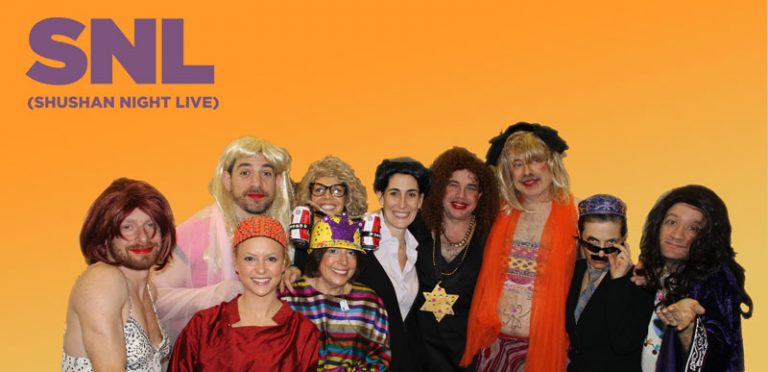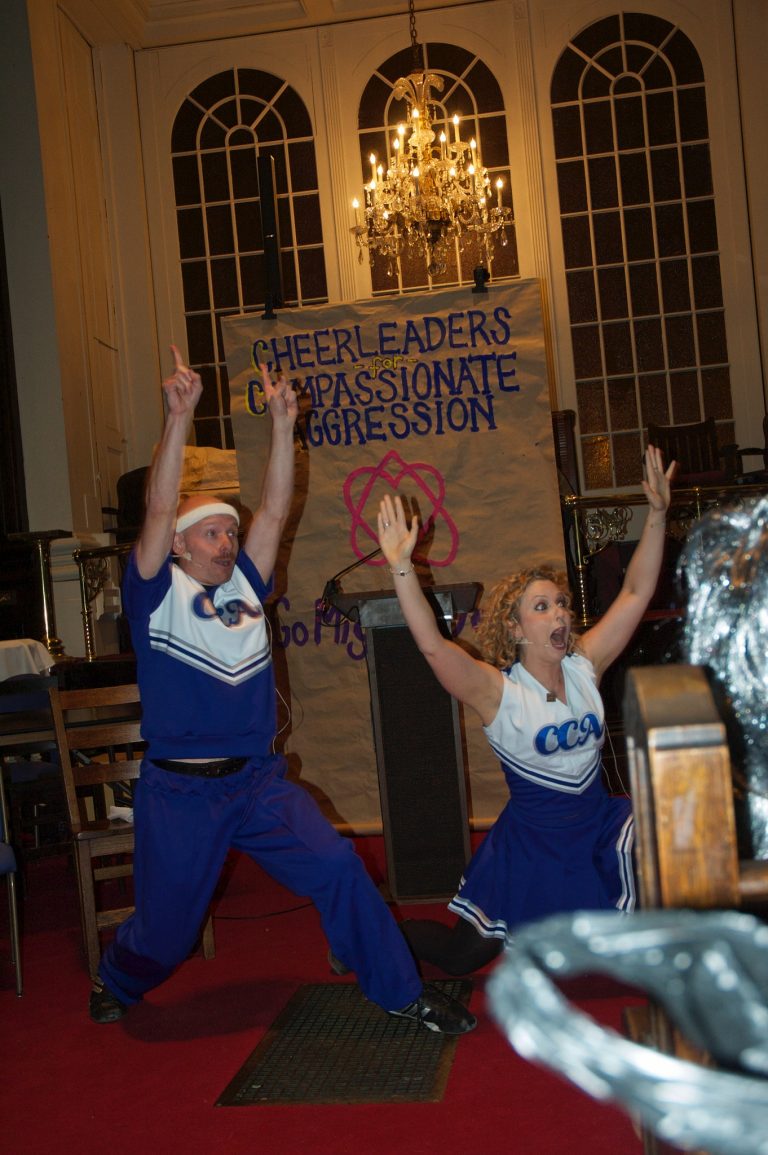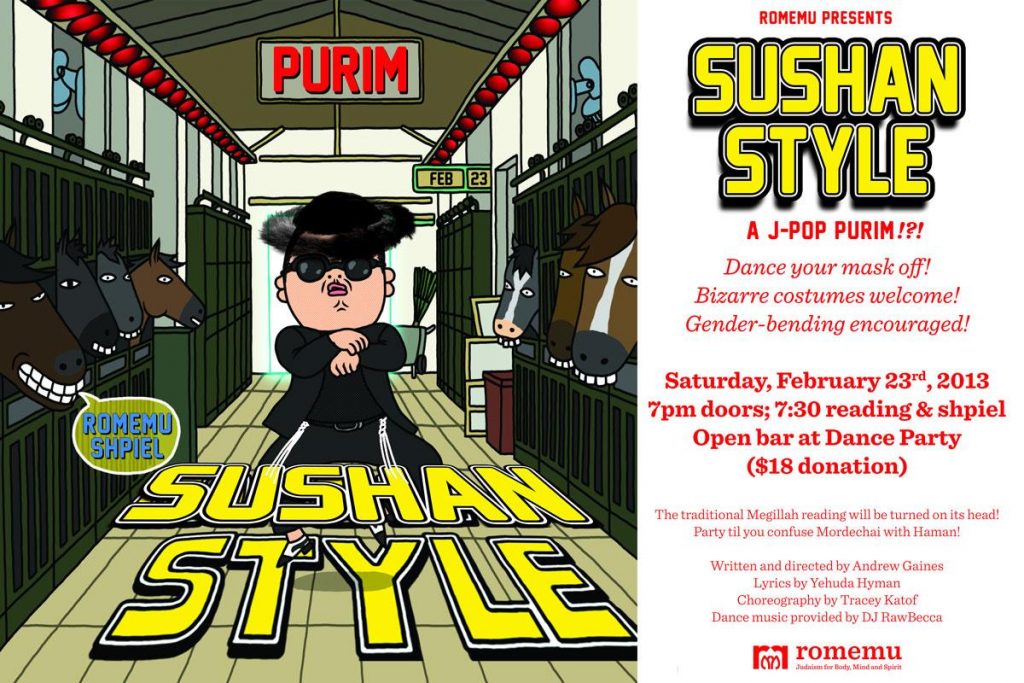How can socially-engaged and educational theatre/drama ethically serve marginalized and vulnerable populations? As Chair of this panel including Ashley Forman, David Montgomery, and Juliana Saxton, we explored answers and unearthed deeper questions at the American Alliance for Theatre and Education conference in Denver, CO.
Despite our best intentions, the terrain at the intersections of theory/practice and aesthetics/instrumentality can shift unpredictably, and we risk undermining the very populations we aim to empower. Our discussion gained firmer footing through a series of subquestions to navigate overlaps, boundaries, and interstices found at this junction:
- When does our work become too emotional or too personal?
- What is the difference between therapy and therapeutic?
- How are at-risk populations’ needs addressed?
- How can we train facilitators and artists to manage these ethical dilemmas?
Our format also decentralized the discussion away from traditional didactics and democratized the discourse through Weaver’s “Long Table” experimental public forum: Concentric circles of chairs surrounded a single table covered with paper, with its own collection of chairs, occupied in part, by the hosts. Microphones and refreshments also adorned the table. At any time, attendees were invited to fill the remaining chairs, and augment–or shift–the conversation. In action, the Long Table became a metaphor for radical inclusion as we shared the fruits of our labors, collectively addressed the problems posed, and dramatically built community ties.
Etiquette for participation was read aloud and distributed to each participant:
There is no beginning
It is a performance of a breakfast, lunch or dinner
Those seated at the table are the performers
The menu is up to you
Talk is the only course
There is no hostess
It is a democracy
To participate, take a seat at the table
If the table is full, you can request a seat
Once you leave the table you can come back
There can be silence
You can break the silence with a question
You can write your questions on the table
There can be laughter
There is no conclusion














